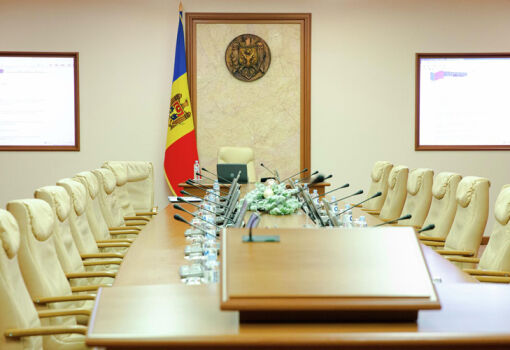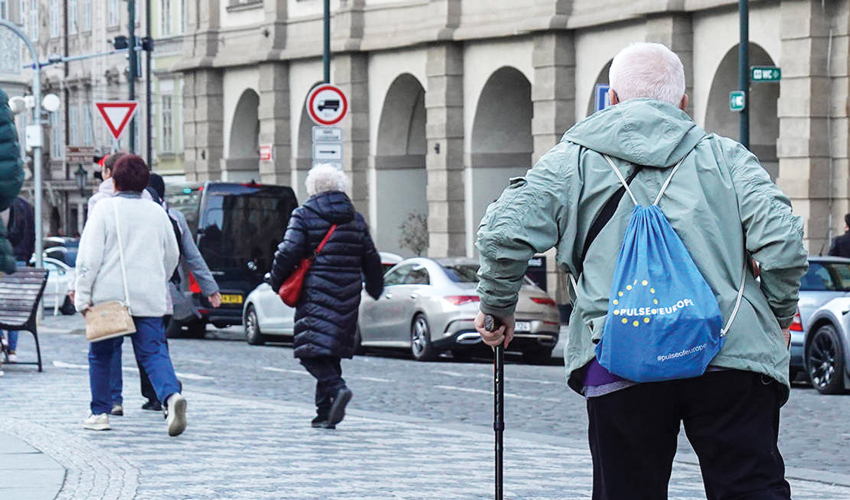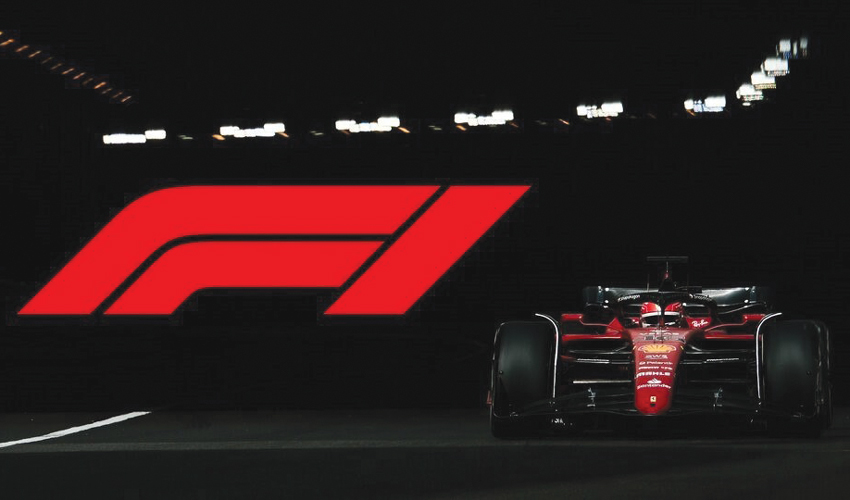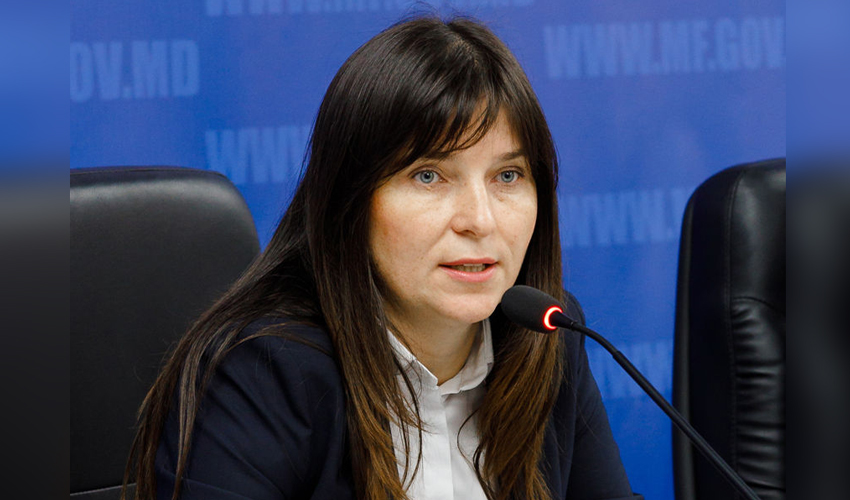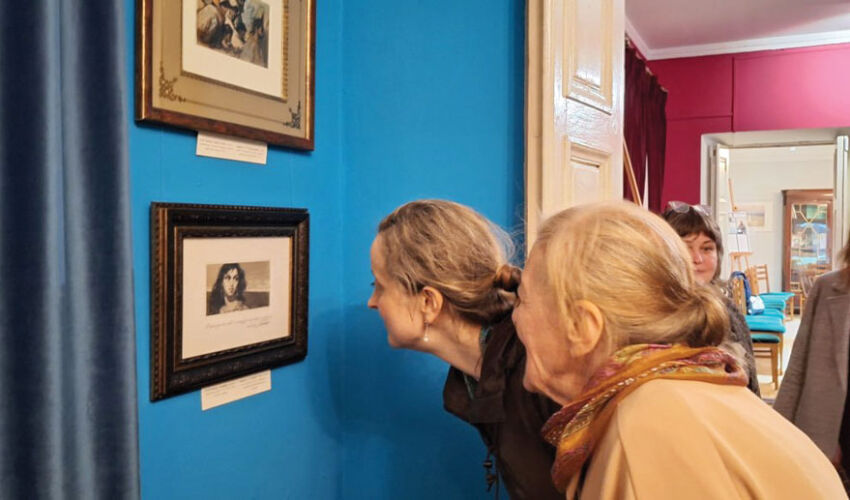
Ilya Bogdesko, People’s Artist of the USSR, was once asked: where do you get such beautiful women from? “I make one out of two.” The joke contains the truth about the work of a book graphic artist, when out of thousands of sketches, very few illustrations are included in a book.
Here is how the authoritative edition “A. S. Pushkin in Russian and Soviet illustration” evaluates the work of the Moldovan artist: “Fresh, full-blooded captured in painting black watercolor heroes of Pushkin’s poem “Gypsies” I. T. Bogdesko (1957). As no one else, the artist was able to convey the poetry of his native Moldavian steppes, the romance of the nomadic life of the free tribe of Gypsies”.
The exhibition was opened by the director of the Pushkin Museum Vadim Drelinschi, the exhibits were presented by the curator of the exhibition, head of the Museography Department Svetlana Shalberova, the artists Emil Kildescu, Alexei Colybniac, Mihail Brunea, Bogdesco’s cousin Ludmila Osinsyan, artist and art historian Victoria Rocaciuc, architect and researcher of his work Mihail Orlov told about the creative and life path of Ilija Bogdesco.
The exhibition from the museum’s collections includes 13 drawings by Bogdesko (11 for the poem “Gypsies” and 2 portraits of Calypso) and a series of prints – sketches of Zemfira’s image, which have not been presented to the public before. The showcases also contain books designed by I.T. Bogdesko, catalogs of the author, sets of postcards with illustrations for Don Quixote, ex-libris, articles devoted to his work and other exhibits.
The graphic artist worked on the Gypsy theme for more than a year, but he did not receive an order from a publishing house, but worked on the illustrations on his own initiative – a rare case.
Ilya Bogdesko has been familiar with the lifestyle of the Roma since childhood. When he started working, he rode his bicycle around Moldova in search of heroes, and there were quite a few of them. One day, he noticed a gypsy who was trying to paint ornaments on the sides of a cart. “Fortunately, I had oil paints with me, and I offered my services,” recalled Ilya Trofimovich. – In a couple of hours, the cart looked so spectacular that it was viewed with delight by the residents of the tabor who surrounded me. As payment for my work, I was allowed to paint whoever I wanted. I painted until I was exhausted. Both during the day and by the light of the fire. The night was warm, the moon came from behind the hills. I was happy. Then I decided on the decisive scenes. I went together with the tabor, then sat in some cart, then walked behind the tabor, then ran far ahead, in a word, I saw enough, worked well, and returned home happy”.
Here is what he said about Zemfira: “A bright beautiful image, but is Zemfira necessarily written beauty? If the artist is carried away by the search for external beauty, it is likely to fall into beauty. This, in my opinion, is too simplistic, superficial solution. For many readers, Zemfira is a beauty, that’s what they expect from the artist. If he ventures to show her in a slightly different way, he must convince them of the rightness of his vision. Still, I think that some abstract ideal of a beautiful gypsy woman would be far from the vital truth of the character so vividly revealed by Pushkin. In my search for an image, I drew many Gypsy women from life, and this is what helped me to get rid of the initial idealization, to overcome the inertia of previous aspirations. I came down to earth from the clouds, but I noticed with surprise that the image did not become dimmer at all, on the contrary, it became brighter and more concrete.
Ilya Bogdesko was born April 20, 1923 in the village of Botushany. Before the war he graduated from Kirov Art and Pedagogical School, taught at a secondary school. In 1942 he was drafted into the Red Army. In 1951 he graduated from the graphic faculty of the I.E. Repin Leningrad Institute of Painting, Sculpture and Architecture. In 1953 he came to Kishinev, began to work on orders of publishing houses, actively showed himself in different types of art, in parallel occupying important administrative positions. In 1992 he moved to St. Petersburg.
“Ilya Bogdesko for me is the personification of a man of art,” says Mikhail Orlov. – His best works in the field of book graphics have become examples of the highest professionalism of artistic design of the book. “Sorochinskaya Fair” by N. Gogol, “Gypsies” by A. Pushkin, “Purse with two money” by I. Kryanga, folk poems “Mioritsa” and “Kodryan”, “Crime and Punishment” by F. Dostoevsky, “The Praise of Folly” by E. Rotterdamsky, “Gulliver’s Travels” by J. Swift, “Master Manole” by V. Alexandri, and, finally, the most powerful chord of the Master’s work – “Don Quixote” by M. Cervantes. To a great extent, it is thanks to Bogdesco that Moldovan book graphics and calligraphy became known in the world as an accomplished phenomenon”.
The brightest events in the cultural life of the Soviet Union were fully handwritten books created by Bogdesko. I. Kryanga’s fairy tale “The Purse with Two Money” became the first in 1962, and the edition was a great success. Fifteen years later he returned to Kryange and executed a new version of the design, and this book is presented in the exposition of the Pushkin House-Museum.
Ilya Bogdesko is recognized as one of the best calligraphers in the world. He created a textbook “Calligraphy”, which is very popular among professionals. One of the fonts developed by him is officially recognized as “Bogdesko’s script”.
The monumental mural in the village of Kitskan, executed by Ilya Bogdesko in cooperation with Leonid Belyaev, was the first work in the country to be awarded the Grand Gold Medal of the USSR Academy of Arts.
“Ilya Bogdesko was an incredibly exacting artist both in relation to himself and to his staff and colleagues,” recalls Alexey Kolybnyak. – He had an incredible sense of proportion, never allowed himself to insult anyone, or even to look obliquely in the direction of a person”.
The exhibition is open until the end of November.









